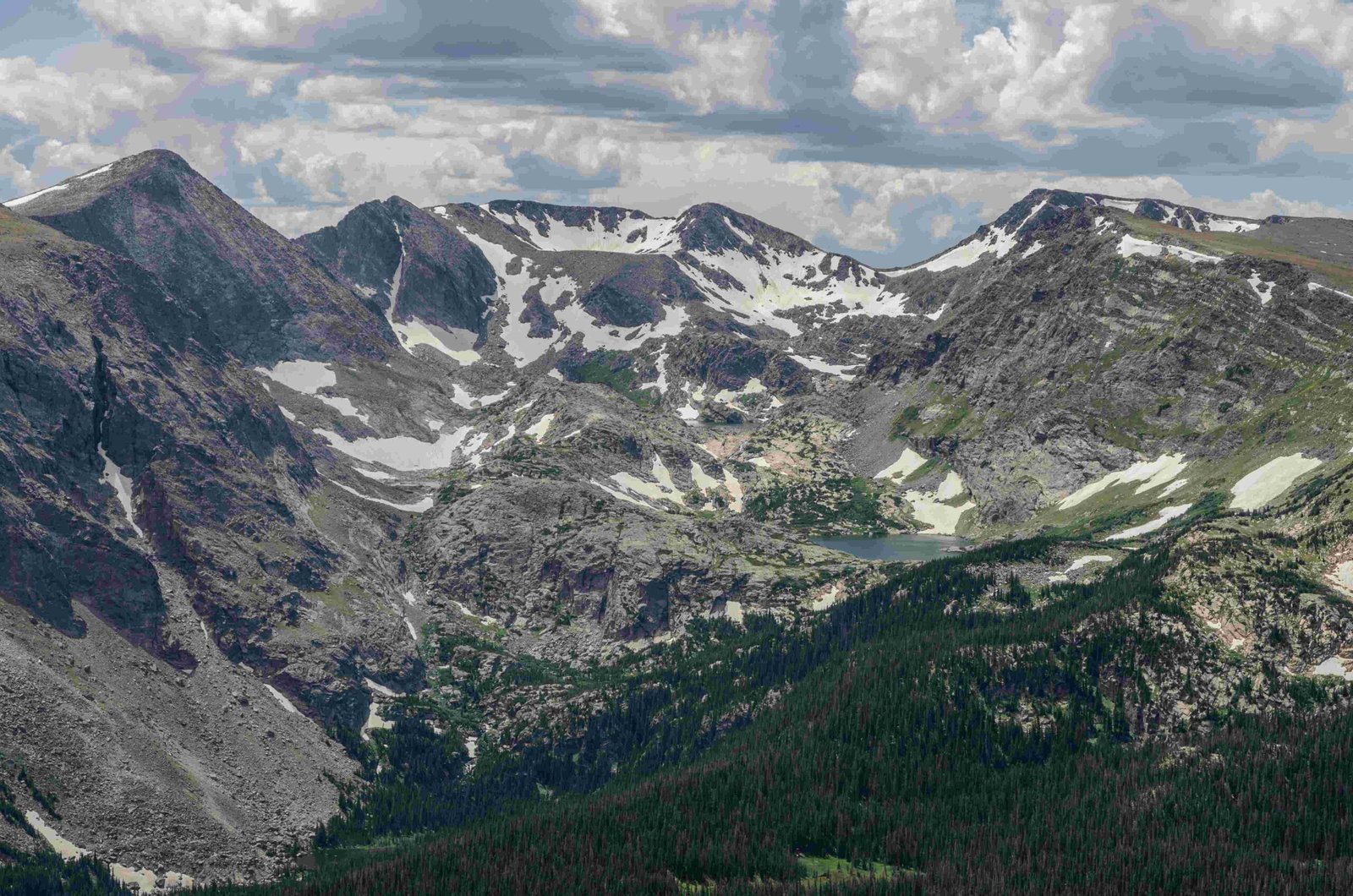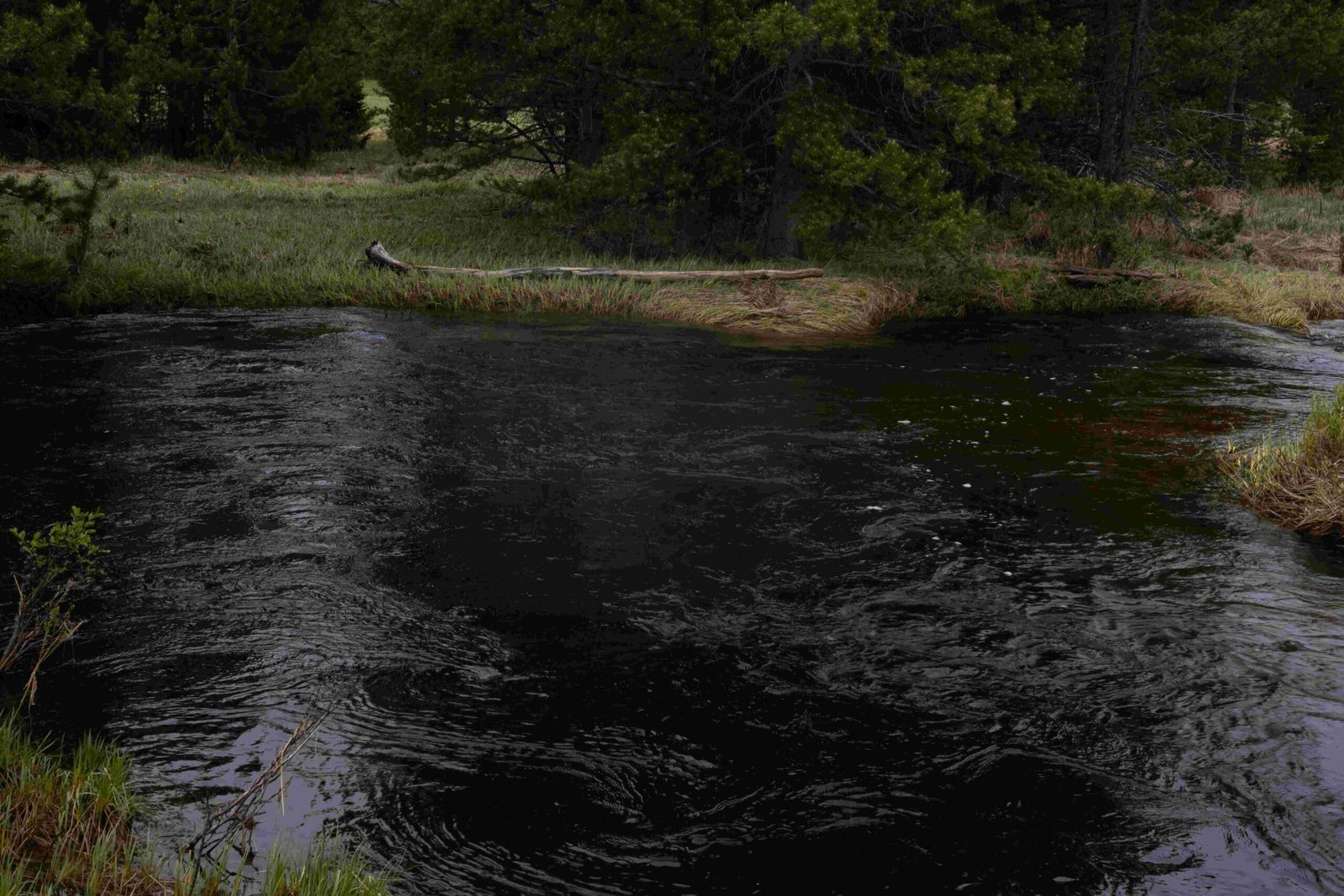The Rocky Mountain National Park North Inlet Trail is a scenic hiking route that offers diverse landscapes, wildlife viewing opportunities, and stunning natural features. This trail, located near Grand Lake, Colorado, provides hikers with an immersive experience in the park’s western region. The trail stretches from meadows to alpine lakes, passing through burn scars from recent wildfires, and showcases the area’s resilience and natural beauty.
What Are the Key Features of the Rocky Mountain National Park North Inlet Trail?

The North Inlet Trail is renowned for its varied terrain and natural attractions. Here are some of its key features:
- Scenic meadows with wildflowers
- Slow-moving creeks and the Colorado River
- Cascade Falls, a popular destination
- Diverse wildlife, including moose and elk
- Panoramic views of rock formations
- Access to remote alpine lakes
How Long is the Rocky Mountain National Park North Inlet Trail?

The length of the North Inlet Trail varies depending on the chosen route:
- To Cascade Falls: 3.4 miles one-way (6.8 miles round trip)
- To Lake Nokoni: Approximately 7 miles round trip
- Full trail length: Can extend further for backpacking trips
The elevation gain to Cascade Falls is about 300 feet, making it a moderate hike suitable for various skill levels.
Where is the Trailhead Located?
The North Inlet Trail trailhead is conveniently located:
- Off West Portal Road in Grand Lake
- Approximately 1.7 miles south of the Kawuneeche Visitor Center on Highway 34
- Two parking areas available:
- A smaller lot that fills quickly
- A larger lot over a one-way bridge
It’s advisable to check both parking areas, especially during peak seasons.
What Wildlife Can Be Seen on the Rocky Mountain National Park North Inlet Trail?
The trail offers excellent wildlife viewing opportunities:
| Species | Best Viewing Times | Common Locations |
|---|---|---|
| Moose | Early morning, late afternoon | Meadows, near creeks |
| Elk | Dawn, dusk | Open areas, meadows |
| Deer | Throughout the day | Forested areas, clearings |
| Birds | Morning | Various habitats along the trail |
Remember to maintain a safe distance from all wildlife and never feed or approach animals.
How Has the East Troublesome Fire Affected the Trail?
The East Troublesome Fire of October 2020 impacted portions of the North Inlet Trail:
- Some areas along the trail show burn scars
- Hikers are advised to stay on the marked trail to allow natural regrowth
- The fire has created unique opportunities to observe forest regeneration
Despite the fire’s impact, the trail remains open and safe for hiking, offering a chance to witness nature’s resilience firsthand.
What Are the Best Viewpoints Along the Rocky Mountain National Park North Inlet Trail?
The trail offers several stunning viewpoints:
- Cascade Falls:
- Located 3.4 miles from the trailhead
- Offers a shady rest spot and picnic area
-
Impressive waterfall views
-
Panoramic Meadows:
- Scattered along the first part of the trail
- Excellent for wildflower viewing in season
-
Prime spots for moose sightings
-
Colorado River Views:
- The trail follows portions of the river
-
Scenic vistas of the water and surrounding landscape
-
Rock Formations:
- Visible throughout the hike
- Showcase the park’s geological diversity
How Long Does It Take to Hike the Rocky Mountain National Park North Inlet Trail?
Hiking times can vary based on fitness level and destination:
- To Cascade Falls and back: 2-4 hours (6.8 miles round trip)
- To Lake Nokoni: 4-6 hours (approximately 14 miles round trip)
- Full day hikes or multi-day backpacking trips are possible on extended routes
It’s important to start early, especially in summer, to avoid afternoon thunderstorms common in the area.
What Should Hikers Bring on the Rocky Mountain National Park North Inlet Trail?
Essential items for your hike include:
- Plenty of water (at least 2 liters per person for a day hike)
- High-energy snacks and lunch for longer hikes
- Sun protection (hat, sunscreen, sunglasses)
- Rain gear (afternoon storms are common)
- First aid kit
- Map and compass (or GPS device)
- Warm layers (temperatures can change quickly)
For longer hikes or backpacking trips, consider bringing:
- Water filtration system
- Bear-resistant food container
- Camping gear if staying overnight
Are There Any Regulations or Permits Required for the Rocky Mountain National Park North Inlet Trail?
Hikers should be aware of the following regulations:
- Park entrance fee or pass required
- No dogs allowed on the trail
- Practice Leave No Trace principles
- Backcountry camping permits required for overnight stays
- Food must be stored properly to avoid attracting wildlife
Check with the park’s official website or visitor center for the most up-to-date information on permits and regulations.
How Can Hikers Prepare for Altitude on the Rocky Mountain National Park North Inlet Trail?
The North Inlet Trail starts at a high elevation and can pose challenges for those not accustomed to altitude:
- Start with shorter hikes to acclimate
- Stay hydrated and drink plenty of water
- Take frequent breaks and maintain a steady pace
- Be aware of altitude sickness symptoms (headache, nausea, dizziness)
- Consider spending a day or two at lower elevations before tackling higher trails
What Is the Best Time of Year to Hike the Rocky Mountain National Park North Inlet Trail?
The trail is accessible year-round, but conditions vary:
- Summer (June-August): Peak season, warmest weather, wildflowers in bloom
- Fall (September-October): Cooler temperatures, fall colors, less crowded
- Winter (November-March): Snow-covered, requires winter hiking gear
- Spring (April-May): Melting snow, potential mud, fewer crowds
Each season offers a unique experience, but summer and early fall are generally the most popular and accessible times for hiking.
The Rocky Mountain National Park North Inlet Trail offers a diverse and rewarding hiking experience for visitors to one of America’s most beloved national parks. From its accessible trailhead to the serene beauty of Cascade Falls and beyond, this trail showcases the natural wonders that make Rocky Mountain National Park a must-visit destination for outdoor enthusiasts.

